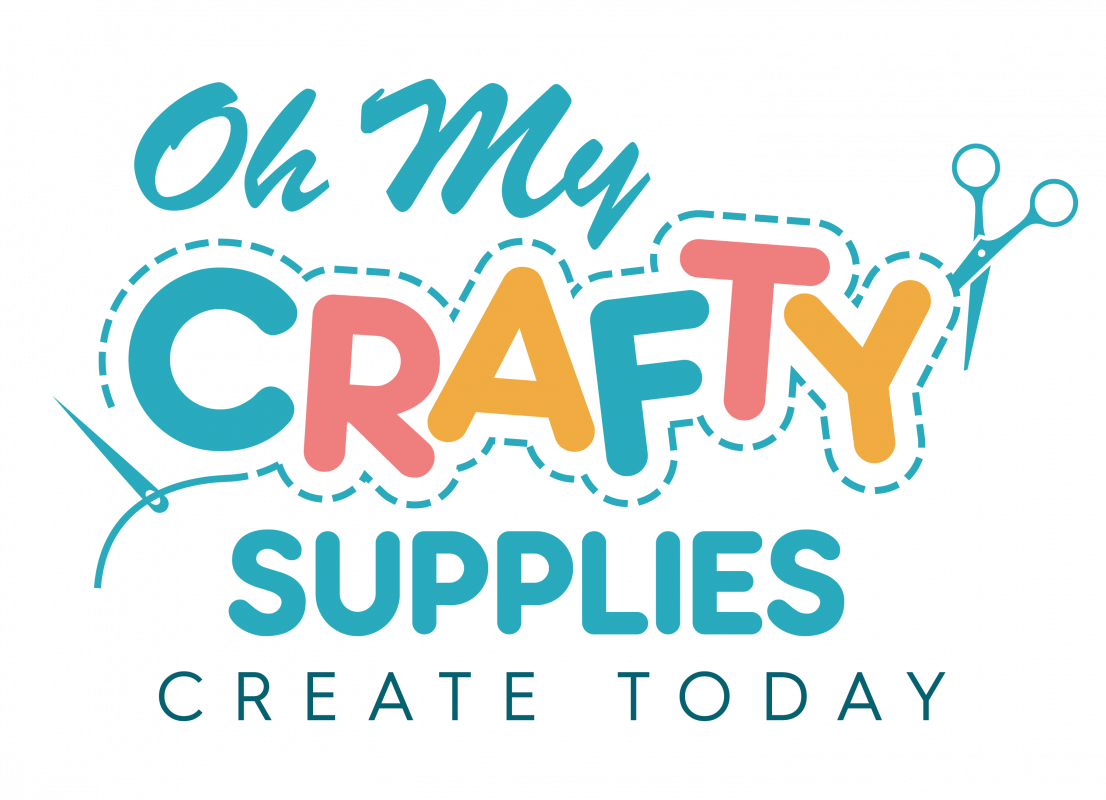Crafty Chronicles
Embroidery Machine Maintenance: Keeping Your Machine in Top Shape
Embroidery machines are incredible tools that allow you to bring your creative visions to life, whether you’re quilting, sewing, or engaging in machine embroidery. To ensure that your machine continues to work efficiently and produce high-quality results, regular maintenance is key. By implementing a few simple maintenance practices, you can keep your embroidery machine in top shape for years to come.
Why Maintenance is Important
Maintaining your embroidery machine is crucial for several reasons. Firstly, regular maintenance helps prevent costly repairs and extends the lifespan of your machine. Additionally, a well-maintained machine produces better stitching results, ensuring that your quilting, sewing, and embroidery projects turn out beautifully every time.
Cleaning Your Machine
One of the most basic yet essential maintenance tasks is cleaning your embroidery machine. Dust, lint, and thread fibers can accumulate inside the machine, leading to stitching issues and potential damage. Use a small cleaning brush to gently remove debris from the bobbin area, needle plate, and thread path. Be sure to follow your machine’s manual for specific cleaning instructions.
Changing Needles Regularly
Needles play a vital role in the stitching process, and worn or bent needles can cause poor stitch quality and even damage your fabric. To prevent issues, make it a habit to change your machine needles regularly. For optimal results, replace the needle after every project or after 8-10 hours of sewing time.
Checking Tension and Thread Quality
Proper thread tension is essential for achieving balanced and neat stitches. Periodically check the tension settings on your machine and make adjustments as needed. Additionally, use high-quality thread suitable for machine embroidery to prevent breakage and ensure smooth stitching.
Oil Your Machine
Many embroidery machines require periodic oiling to keep the moving parts lubricated and running smoothly. Consult your machine manual to determine the specific oiling points and recommended oil type. Regularly oiling your machine can help prevent excess friction and prolong its lifespan.
Calibrating Stitch Length
For precise and professional-looking results, it’s crucial to calibrate your machine’s stitch length. Make test stitches on a scrap fabric and adjust the stitch length settings until you achieve the desired outcome. Proper stitch length calibration is particularly important for quilting and embroidery projects.
Keeping the Bobbin Area Clean
The bobbin area is a critical part of your embroidery machine, and keeping it clean is essential for optimal performance. Remove the bobbin case regularly and clean out any lint or debris that may have accumulated. A clean bobbin area ensures smooth thread flow and prevents bobbin-related issues.
Proper Storage
When not in use, store your embroidery machine in a clean and dust-free environment. Cover it with a dust cover or a clean cloth to protect it from dirt and debris. Proper storage helps prevent unnecessary exposure to dust and prolongs the life of your machine.
Regular Servicing
Just like any other mechanical device, embroidery machines benefit from professional servicing. Schedule regular maintenance appointments with a qualified technician to have your machine thoroughly cleaned, oiled, and inspected. Professional servicing can address any underlying issues and keep your machine in optimal condition.
Investing in Quality Accessories
Using high-quality accessories such as embroidery hoops, stabilizers, and needles can enhance the performance of your machine and improve the quality of your projects. Invest in accessories that are compatible with your machine and designed for the type of quilting, sewing, or machine embroidery you do.
Conclusion: Stitching Success Starts with Maintenance
Embroidery machine maintenance is a crucial aspect of ensuring that your machine operates smoothly and produces excellent results. By incorporating regular cleaning, needle changes, tension checks, and other maintenance tasks into your routine, you can keep your machine in top shape for years to come. Remember, a well-maintained machine is the foundation for successful quilting, sewing, and machine embroidery projects.


